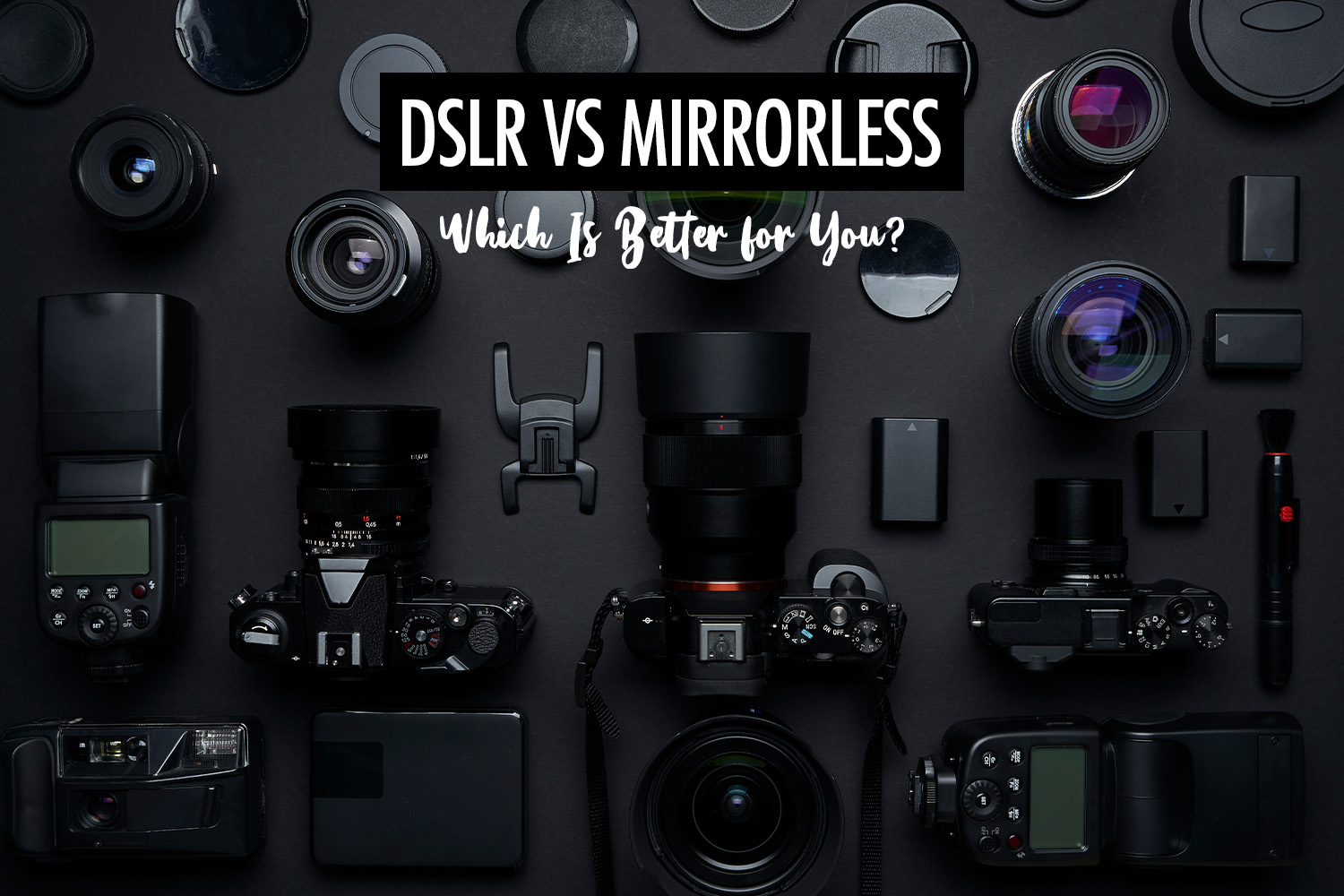Choosing between a DSLR and mirrorless camera can feel overwhelming, especially with so many models and opinions out there. Both types have passionate fans, and for good reason—they each offer unique advantages depending on what kind of photographer you are. If you’re shopping for your first serious camera or looking to upgrade, it’s worth understanding how these systems differ before making a decision.
DSLRs (Digital Single-Lens Reflex cameras) have been around for decades and are known for their optical viewfinders, long battery life, and robust build. On the other hand, mirrorless cameras are the newer kids on the block. They ditch the mirror mechanism in favor of electronic viewfinders or LCD screens, which makes them lighter and often more compact. With rapid improvements in technology, mirrorless systems have become serious contenders even in professional circles.
In this article, we’ll compare DSLRs and mirrorless cameras across several key features that matter most to buyers: size and weight, autofocus performance, battery life, lens options, image quality, and more. By the end, you’ll have a clearer picture of which camera system suits your needs—whether you’re shooting portraits, landscapes, sports, or simply capturing everyday moments.
Mirror Mechanism
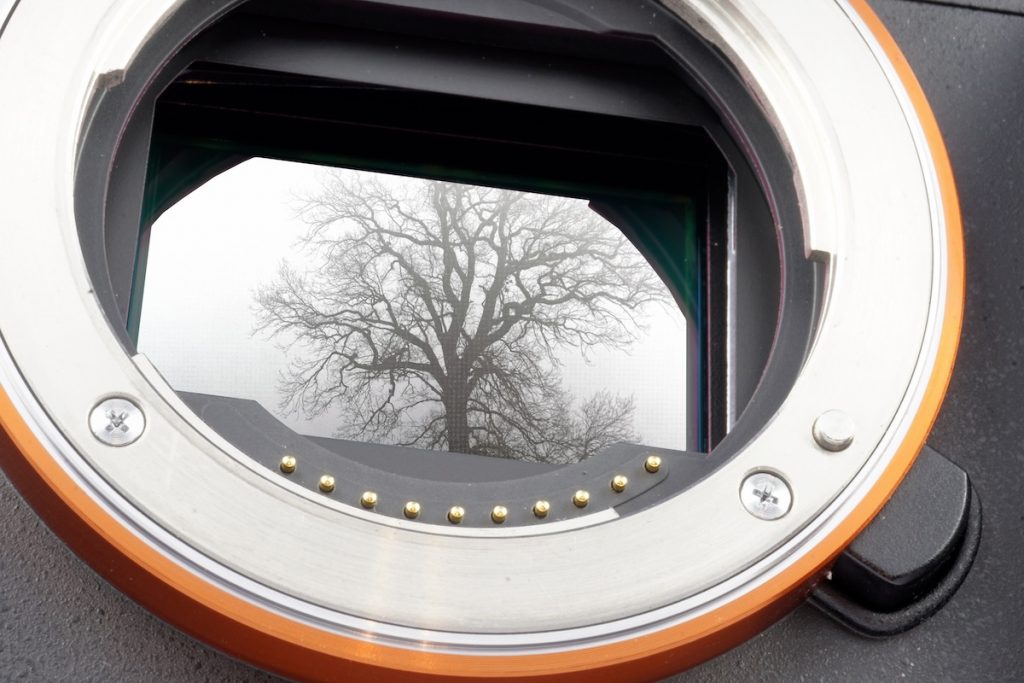
One of the biggest differences between DSLRs and mirrorless cameras lies in how they display the image you’re about to capture. DSLRs use a traditional mirror mechanism: light enters through the lens, bounces off a mirror, and travels up into an optical viewfinder. This means you’re seeing the scene exactly as it appears in real life—no processing, no delay. When you press the shutter button, the mirror flips up to allow light to hit the sensor and capture the photo.
Mirrorless cameras, as the name suggests, eliminate this mirror system altogether. Instead of an optical viewfinder, they rely on the camera sensor to provide a live digital preview. This preview is then displayed either on the rear LCD screen or through an electronic viewfinder (EVF). While this allows for a more compact camera body and some useful features like exposure preview, it also comes with a trade-off.
Because mirrorless systems are constantly powering the sensor and display, they generally consume more energy. As a result, mirrorless cameras often have shorter battery life compared to DSLRs, which only activate the sensor when taking a picture or using live view.
Autofocus System
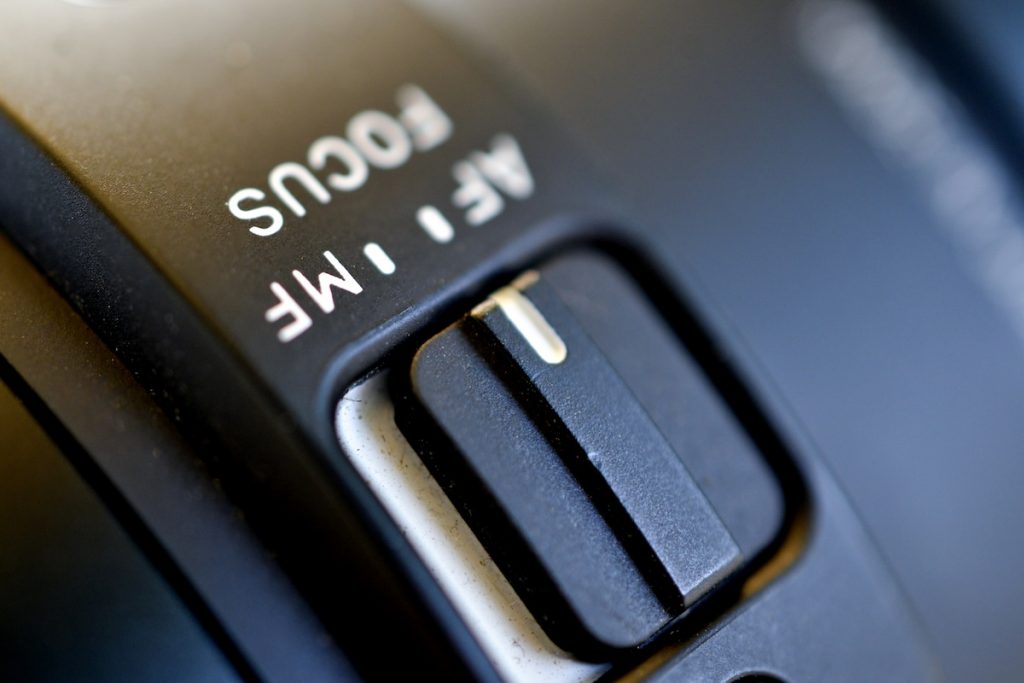
Autofocus (AF) plays a huge role in how quickly and accurately your camera locks onto a subject, especially in fast-paced scenarios like sports or wildlife photography. This is another area where DSLRs and mirrorless cameras take very different approaches.
DSLRs typically use two separate autofocus systems. When you’re shooting through the optical viewfinder, a dedicated phase-detect AF sensor handles focusing. This sensor sits behind the mirror, so it’s fast and reliable—but it becomes inaccessible when the mirror flips up to expose the image sensor. If you’re using live view or shooting video, the camera switches to a different autofocus system, usually contrast-detect or hybrid AF, which can be slower or less accurate.
Mirrorless cameras, on the other hand, rely entirely on the image sensor for autofocus. This means one unified AF system is used for both stills and video, whether you’re using the LCD or electronic viewfinder. Over the past few years, mirrorless AF technology has not only caught up with DSLRs—it has started to pull ahead. Many modern mirrorless models now offer faster focusing, wider frame coverage, and better subject tracking.
Cameras like the Canon EOS R1 are leading the charge with advanced features like hybrid on-sensor phase detection, making them ideal even for professional sports photography. On top of that, features like Register People Priority allow photographers to program the camera to recognize and prioritize specific individuals in a scene. AI-powered subject-detection autofocus is also becoming more common—automatically identifying and tracking animals, vehicles, and people to help you keep your subject in sharp focus, even in unpredictable situations.
Miranda Suess of Suess Moments, a wedding photographer based in New Jersey, shared her experience where her Nikon Z6 III mirrorless camera outperforms her DSLR, the Nikon D750, due to its incredibly fast subject tracking and autofocus. This feature is essential for capturing moments during wedding days, particularly during the ceremony as the couple walks down the aisle and throughout the lively movements at the reception dance party.
Professional landscape photographer Paolo Sartori shared, “In fast-paced genres like wildlife or sports photography, mirrorless cameras have a clear edge thanks to their advanced autofocus systems and rapid frame rates. They’re also a smarter choice for long-term investment, as most DSLR lines have been discontinued and future support may become limited. That said, high-end DSLRs still deliver incredible results—especially for landscapes, night photography, or general reportage—and often offer great value today.”
Shutter Mechanism and Shooting Speed
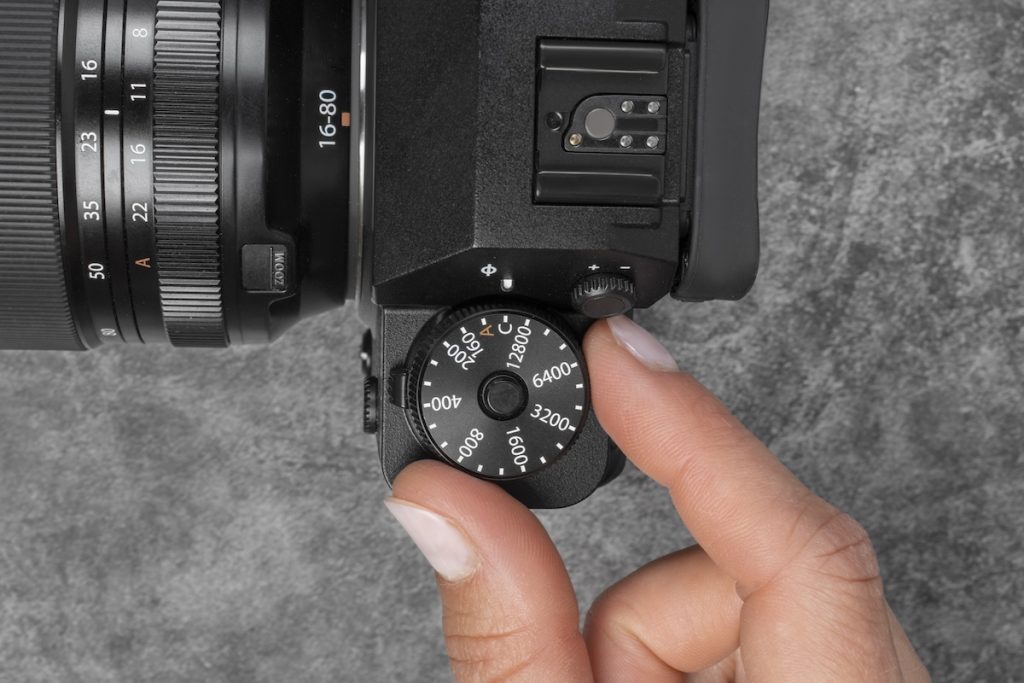
The shutter mechanism in a camera controls how long the sensor is exposed to light, and it affects how your photos are captured—especially in fast-action scenes. DSLRs use a mechanical shutter, which functions like a small curtain that physically opens and closes to let light hit the sensor. It’s a time-tested system known for its reliability and ability to capture moving subjects without distortion. However, it does make an audible clicking sound and has speed limitations compared to newer technologies.
Mirrorless cameras, particularly models like Canon’s EOS R series, often use electronic shutters in addition to mechanical ones. Instead of moving parts, the image is captured digitally by the sensor itself. This enables silent shooting, which is perfect for quiet environments like weddings, wildlife photography, or newborn sessions. It also allows for faster burst rates, with some cameras capable of shooting up to 30 frames per second—ideal for capturing split-second moments in sports or action scenes.
Professional photographer Dalton Barron explains that he prefers mirrorless cameras for their “near-silent operation, sharp autofocus, and advanced face tracking—ideal for capturing candid moments without attracting attention.” These features allow him to work swiftly and discreetly, ensuring he never misses a crucial shot.
Wedding photographer Charles Moll, who shoots exclusively with mirrorless cameras, shared, “I truly believe that when people are paying top dollar for my services, it’s my responsibility to use the best tools for the job. I especially love features like silent shooting—this was the number one reason I chose the Sony A9. I didn’t want the loud click of burst shooting to pull people out of intimate moments.”
One drawback of electronic shutters is the potential for rolling shutter distortion. This happens because the sensor reads the image line by line rather than all at once, causing fast-moving subjects (like a speeding car or swinging bat) to appear slightly warped. Thankfully, camera manufacturers are working hard to overcome this. Many modern mirrorless models now include advanced technologies that greatly reduce, or even eliminate, rolling shutter effects—making them more viable than ever for high-speed photography.
Viewfinders
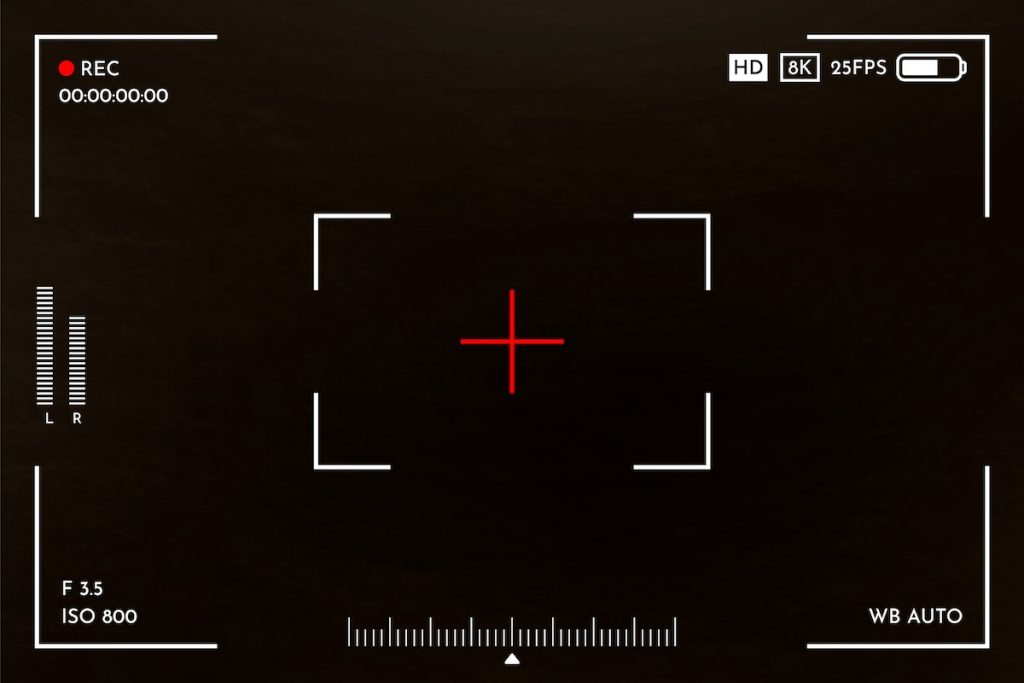
One of the more noticeable differences between DSLRs and mirrorless cameras is how the viewfinder works. DSLRs use optical viewfinders (OVFs), which let you see the scene directly through the lens via a mirror. This gives you a real-time, lag-free view with no processing involved. It’s especially handy when tracking fast-moving subjects, as there’s no digital delay to slow you down. However, during burst shooting, the screen may momentarily go dark each time the mirror flips up—this blackout can make it harder to follow the action.
Mirrorless cameras use electronic viewfinders (EVFs), which show a live digital feed from the camera’s sensor. Earlier models struggled with lag or latency, especially during continuous shooting. But recent innovations have changed the game. High-end mirrorless cameras like the Sony A1 II and Nikon Z9 offer blackout-free shooting with incredibly fast refresh rates and high-resolution EVFs, making them excellent for action photography.
EVFs also come with some handy extras. In low-light conditions, they can brighten the scene, giving you a clearer view than what an optical viewfinder can offer. They often include built-in zoom for manual focusing and can even display live histograms, helping you adjust exposure before you take the shot. While some photographers prefer the natural look of an OVF, others appreciate the real-time feedback and tools offered by EVFs—it really comes down to personal preference.
The Regeti’s shared their thoughts on why they switched from DSLR to mirrorless: “We wanted the ability to see exactly what our final image would look like before taking the shot. The electronic viewfinder (EVF) provides real-time exposure and color feedback, which is invaluable in fast-paced wedding environments where there’s no room for second guesses.”
Size and Weight

When mirrorless cameras first entered the market, one of their biggest selling points was how compact and lightweight they were compared to traditional DSLRs. By removing the mirror and optical viewfinder system, manufacturers were able to create smaller camera bodies that were easier to carry around—an attractive feature for travel photographers, vloggers, and anyone who prefers a more portable setup.
However, as the demand for larger sensors—like full-frame—has increased, the overall size advantage has started to narrow. While many full-frame mirrorless bodies remain relatively compact, the lenses required to match that sensor’s capabilities are often just as large and heavy as DSLR lenses. To meet the needs of photographers who prioritize portability, some brands offer mirrorless models with smaller sensors, such as the Micro Four Thirds format. These cameras sacrifice a bit of low-light performance and depth of field control, but they still deliver strong image quality in a much smaller package.
That said, some photographers still prefer the tried-and-true DSLR experience, not just for the handling, but also for its image characteristics. Wedding photographer Morgan Shea explains: “I still use DSLRs in my work because I prefer the colour rendering, especially during editing. I also trust their low-light reliability when photographing receptions or shooting in dimly lit environments.”
It’s also worth noting that entry-level DSLRs have slimmed down in response. Models like the Nikon D3500 and Canon EOS 2000D offer a smaller, lighter DSLR experience that competes closely with mirrorless systems in terms of footprint—though they still include the mirror mechanism, which adds a bit of bulk. In the end, the best choice depends on how much gear you’re willing to carry and what kind of performance you’re looking for.
Lens Compatibility and Selection
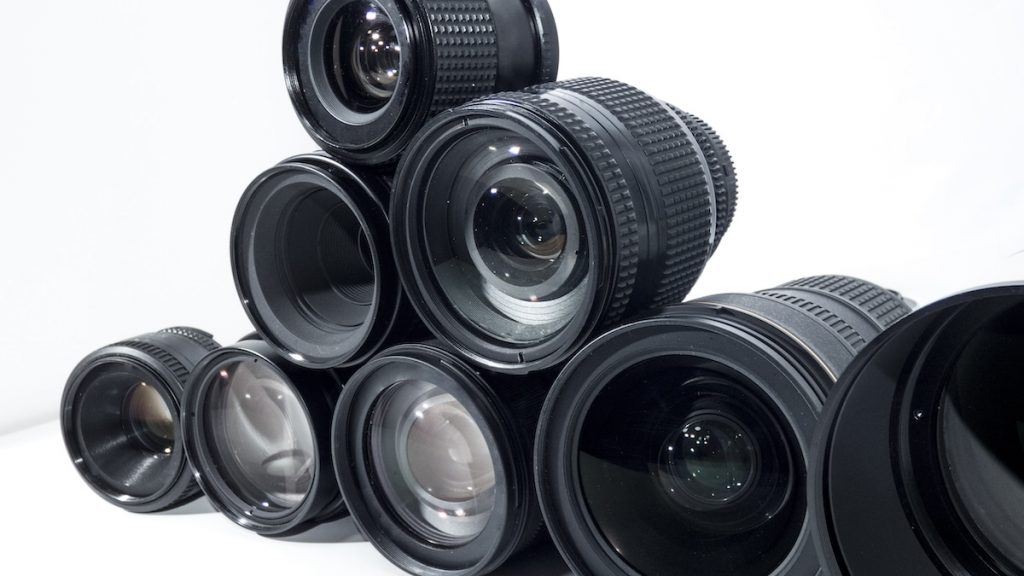
When it comes to lens options, DSLRs—especially those from Canon and Nikon—have the upper hand in sheer variety. With decades on the market, these systems offer an extensive catalog of lenses that cover nearly every photography style and budget. On top of that, well-known third-party brands like Sigma and Tamron produce affordable and high-quality lenses that are compatible with most DSLR bodies, giving users plenty of flexibility without breaking the bank.
However, the mirrorless world is quickly catching up. Brands have been working hard to expand their mirrorless lens lineups, and many now cover everything from wide-angle to super-telephoto. For example, the Micro Four Thirds system—shared by Olympus and Panasonic—is one of the most mature mirrorless ecosystems, offering a wide selection of compact, travel-friendly lenses. Meanwhile, Sony’s mirrorless cameras benefit from a single mount system for both APS-C and full-frame models, making it easier to upgrade bodies without replacing your lenses.
Canon and Nikon mirrorless users aren’t left out either. Canon has two different mirrorless mounts (EF-M for APS-C and RF for full-frame), but if you already own Canon DSLR lenses, you can use them on RF-mount mirrorless bodies with an adapter—saving you the cost of buying all-new glass. Nikon’s mirrorless system uses the Z mount, and like Canon, older DSLR F-mount lenses can be used with an adapter. While Nikon’s Z lens lineup started off small, it has expanded significantly, covering a wide range of professional and enthusiast needs.
Mike Glatzer, a creative portrait photographer, shares his experience making the switch: “I loved my DSLR bodies, my 5D Mark IV was outstanding but when the new mirrorless platforms emerged, I had to jump in and I have no regrets. One of the biggest differences is in the lenses. The new mirrorless lenses, especially for the Canon RF mount, are incredibly sharp, with lightning-fast, expansive autofocus. Honestly, mirrorless autofocus is leaps and bounds ahead of DSLR. And with an adapter, even my older DSLR lenses perform better on my mirrorless bodies.”
Features and Technology

Both DSLRs and mirrorless cameras give you full manual control over settings like shutter speed, aperture, and ISO, and both can shoot in JPEG or RAW formats—so when it comes to the basics, you’re covered on either side. And while newer mirrorless cameras may boast the latest sensors, image quality between the two can be nearly identical, especially when comparing models in the same price range.
That said, if you were to compare spec sheets, mirrorless cameras often edge ahead, even in the mid-range category. Features like in-body image stabilization (IBIS), eye and subject tracking autofocus, and 4K video have become standard in most new mirrorless models. These features make mirrorless cameras especially appealing to hybrid shooters who work with both photos and video.
Thanks to their more advanced processing power and the absence of a mirror mechanism, mirrorless cameras can achieve faster continuous shooting speeds and higher frame rates, especially when recording video. High-end mirrorless processors allow for better handling of high ISOs, smoother performance, and more real-time image processing. In short, while DSLRs are still capable workhorses, mirrorless cameras are leading the way in innovation and high-performance features.
Image Quality
When it comes to image quality, many people immediately think of megapixels, but the real deciding factor is the sensor size. Larger sensors capture more light, which leads to better image detail, color accuracy, and performance in low-light conditions. Full-frame sensors, the largest available for most consumer cameras, offer the best image quality overall, especially when shooting in dim environments or when you need the shallowest depth of field.
APS-C sensors are a bit smaller, but they still offer excellent image quality and are often much more affordable. Both DSLRs and mirrorless cameras are available with these sensor sizes, so no matter which system you choose, you can find a model with the sensor that fits your needs. For photographers on a budget or those looking to travel light, APS-C sensors provide a great balance of performance and cost.
However, the compact camera market includes even smaller sensor formats, which may be appealing if portability is your priority over image quality. Ultimately, it comes down to your specific needs: do you value a smaller, lighter camera, or is high-quality imagery in a variety of conditions your main goal? The good news is that whether you choose a DSLR or mirrorless camera, both systems offer a range of sensor sizes to suit different styles of photography.
Video Shooting Capabilities
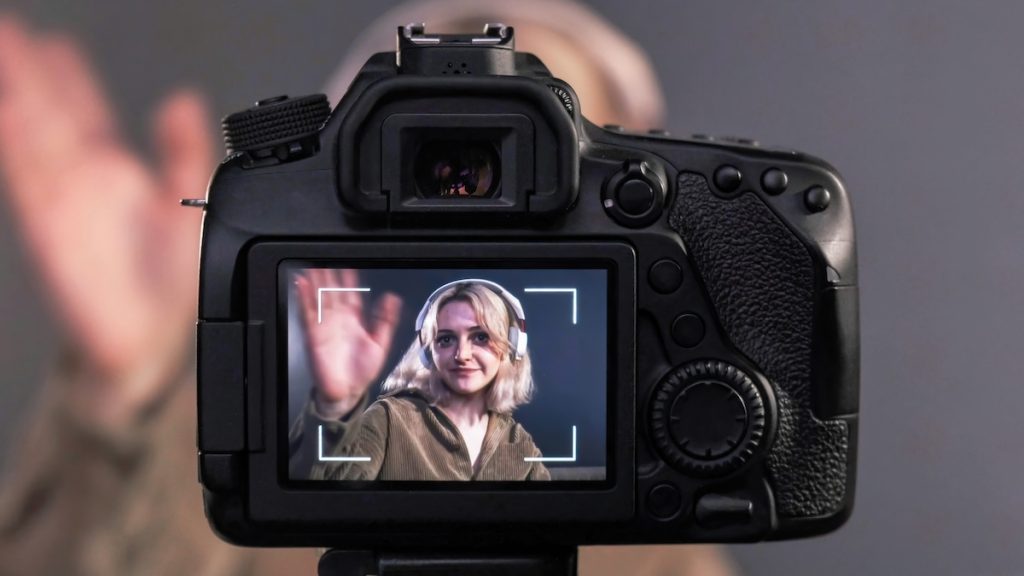
When it comes to video shooting, mirrorless cameras have a clear advantage. Since they don’t use a mirror, they are always in live view mode, with the sensor constantly engaged to both view and record the scene. As a result, mirrorless systems are heavily optimized for video. They offer impressive capabilities like 6K and 8K video recording, while many DSLRs are limited to cropped 4K. Moreover, mirrorless cameras often support RAW/10-bit video, slow motion with high frame rates, and log profiles, making them the go-to choice for serious videographers.
The autofocus performance in mirrorless cameras also shines in video. They offer faster, smoother, and more accurate focusing while recording, thanks to advanced systems like eye and subject tracking. This is especially helpful in dynamic scenes where you need continuous, precise focus adjustments.
That said, DSLRs can still hold their ground, especially if video isn’t your primary focus. Cameras like the Canon EOS 5D Mark IV, Nikon D850, and Nikon D780 offer solid 4K video performance and remain great options for photographers who occasionally shoot video.
Additionally, DSLRs have the benefit of a huge selection of lenses, thanks to their long-standing presence in the market, often available at lower prices. However, when using live view in a DSLR, the autofocus tends to be slower compared to mirrorless cameras, making them less ideal for fast-moving subjects or continuous video work.
Image Stabilization
Shaky hands often lead to blurry photos, especially when using slower shutter speeds or zooming in. To combat this, both DSLRs and mirrorless cameras are equipped with image stabilization (IS) systems. These systems work by detecting the camera’s movement and adjusting either the lens or the image sensor to counteract the shake, helping to produce sharper images. Most cameras use lens-shift stabilization, which counteracts shake along two axes—vertical (up and down) and horizontal (side to side).
Some mirrorless cameras take this a step further, offering a more advanced stabilization system that moves both the lens and the sensor in sync to correct shake along these axes. This method provides even greater stability, which is especially helpful for hand-held shots. The difference in performance between these systems is generally minimal for everyday shooting, but sensor-shift stabilization does have the added benefit of working with any lens, including older or more affordable options that don’t have built-in stabilization.
For more demanding shooting conditions, certain high-end models go beyond traditional stabilization. Cameras like the Fujifilm X-T4 and Panasonic Lumix GH5 feature in-body five-axis stabilization, which compensates for pitch (tilting up and down), yaw (side-to-side rotation), and roll (camera rotation) in addition to vertical and horizontal movements. This feature is particularly useful when shooting from moving vehicles, or in dynamic environments, and is an essential tool for handheld video work, ensuring smoother and steadier footage even without a tripod or gimbal.
Battery Life
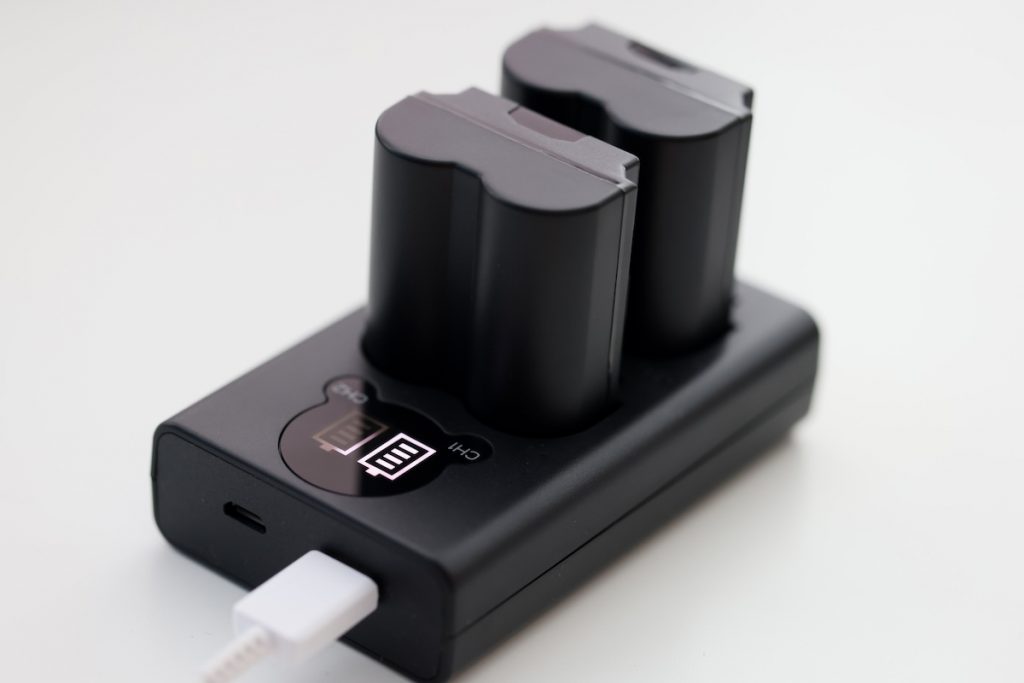
When it comes to battery life, DSLRs tend to have an edge over mirrorless cameras, especially for those who do a lot of shooting. For example, a Canon EOS 250D (a more affordable DSLR) can capture around 1070 shots on a single charge, making it a great choice for long shooting sessions. On the other hand, high-end mirrorless cameras like the Sony A1 (using the NP-FZ100 battery) typically offer around 430 shots or 90 minutes of recording when using the viewfinder, and up to 530 shots or 95 minutes when using the LCD screen.
The reason for this difference lies in the size of the batteries. DSLRs have larger, more powerful batteries that can handle the camera’s needs without draining too quickly. In contrast, mirrorless cameras need to power both the LCD screen and the electronic viewfinder continuously, which requires more energy, leading to shorter battery life.
If you plan on shooting a lot or don’t want to worry about carrying extra batteries, DSLRs can be a more reliable option. However, for those who are okay with charging up between sessions or carrying spare batteries, mirrorless cameras still offer excellent performance and convenience.
Price
DSLRs are typically the more budget-friendly option, and as mirrorless technology has evolved, the latest mirrorless models have become more expensive than many DSLRs. The price gap has narrowed, but high-end mirrorless cameras now often come with a higher price tag due to their advanced features and cutting-edge technology.
For those starting out as hobbyists, the cost difference may be more significant, but as your skills develop or you shift to professional photography, the price becomes less of a deciding factor. Both DSLRs and mirrorless cameras offer long-term value depending on your specific needs, with mirrorless models providing exceptional performance in areas like autofocus, video capabilities, and overall versatility. Ultimately, the choice comes down to which system fits your photography style and requirements, making the initial price difference less important in the long run.
Best DSLRs and Mirrorless Cameras in 2025
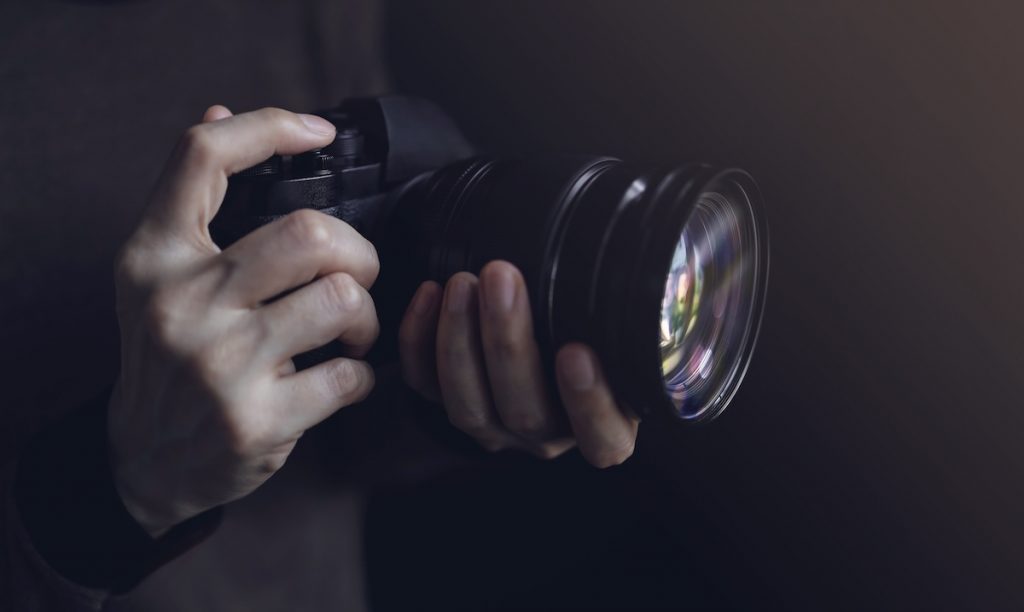
In 2025, the Nikon D850 remains one of the best DSLR options on the market, offering exceptional image quality, advanced autofocus, and impressive versatility, making it a top choice for both professional photographers and serious enthusiasts. If you’re looking for an upper mid-range DSLR, the Canon EOS 6D Mark II offers great performance at a more accessible price. For those seeking a solid mid-range DSLR, the Canon EOS 90D delivers excellent resolution and fast performance. Budget-conscious buyers can opt for the Canon EOS Rebel SL3/250D, which is an affordable entry-level option, while the Canon EOS Rebel T7/2000D provides an even more budget-friendly choice for those just starting out.
On the mirrorless camera front, the Sony Alpha 1 leads the pack as one of the top mirrorless models, offering unparalleled image quality, fast autofocus, and top-tier video features, making it an excellent all-around option for professionals. For those who want a reliable mid-range mirrorless camera, the Nikon Z6 III stands out with its powerful performance and superb video capabilities, offering great value for money. Video enthusiasts will find the Panasonic LUMIX S5 II a standout choice, thanks to its impressive video specs, including 6K recording, in-body stabilization, and excellent color accuracy, making it ideal for filmmakers and content creators.
These models showcase the current strengths of both DSLR and mirrorless technologies, with something for everyone from budget options to top-tier professional gear.
Conclusion
In conclusion, both DSLRs and mirrorless cameras offer distinct advantages depending on your needs, budget, and experience level. DSLRs, like the Nikon D850 and Canon EOS 90D, continue to deliver excellent image quality and reliable performance, making them a great choice for those who prefer an optical viewfinder and longer battery life. On the other hand, mirrorless cameras, such as the Sony Alpha 1 and Nikon Z6 III, are gaining ground with their compact design, faster autofocus, and superior video capabilities, making them ideal for those looking for cutting-edge features and versatility.
“DSLRs ruled for years, but mirrorless cameras have disrupted the game in just the last five,” said wedding photographer Ben Atkins. “The leap in technology is mind-blowing—just compare a 2017 Canon 6D II to a 2020 R6. Honestly, any beginner choosing a DSLR today is missing out. Mirrorless is the future, with budget-friendly options from every major brand.”
Wedding photographer Jules Bower also points out some subtle trade-offs that come with switching to mirrorless: “The autofocus on mirrorless cameras is impressively fast and accurate. But it can make you shoot more frames, sometimes at the cost of carefully composing each shot. That said, it definitely makes it easier to capture fleeting moments. When I compare the results to what I achieved with a DSLR, the difference isn’t massive, it’s just easier now. One downside I’ve noticed is how sensitive mirrorless cameras can be to flickering from artificial lights, especially when using silent electronic shutters. In tricky lighting, I often have to switch back to the mechanical shutter. And I do miss how instantly a DSLR powers on.”
As the technology continues to evolve, both systems are offering more specialized options, whether you’re a professional photographer, hobbyist, or videographer. Ultimately, the best choice will depend on your specific needs, but with the range of excellent models available in 2025, you can find a camera that perfectly suits your creative vision and technical requirements.
FAQ
A DSLR (digital single-lens reflex) uses a mirror and optical viewfinder to let you see the scene, while a mirrorless camera sends light straight to the sensor and shows the image via an electronic viewfinder or LCD.
There’s no one-size-fits-all answer. Mirrorless has advantages like more advanced autofocus, wider focus coverage, and compact size. DSLRs often still lead in battery life, optical viewfinder clarity, and existing lens ecosystems.
• More complete autofocus coverage across the sensor
• Faster subject tracking and live view autofocus (especially in video)
• Smaller, lighter bodies because there’s no mirror box
• Ability to preview exposure, white balance, and effects in real time via LCD/EVF
• Longer battery life (because mirrorless uses electronic viewfinder/LCD continuously)
• Optical viewfinder (no electronic lag or blackout) and neutral image in bright light
• More mature lens ecosystems (especially for legacy glass)
• Less risk of overheating or battery drain in some conditions (mirrorless can stress electronics)
Professionals use both, but most are shifting toward mirrorless cameras for their speed, autofocus, and portability. DSLRs remain popular for their reliability and long battery life.
Yes, modern mirrorless systems often outperform DSLRs in autofocus speed, accuracy, and subject tracking (especially for faces, eyes, and moving subjects) across both stills and video shooting.
Absolutely. If you already own many DSLR lenses, that can favor sticking with a DSLR system (or using adaptors). Mirrorless systems are catching up in lens availability, but legacy lens support remains an important factor.
DSLRs generally last longer on a single charge, because the mirror and optical viewfinder don’t consume power continuously. Mirrorless cameras, with their constant use of EVF/LCD, tend to drain battery faster.
Yes. Mirrorless cameras typically have superior video autofocus (continuous, accurate tracking), no mirror mechanism interfering with live view, and better integration of modern video features.
Mirrorless is becoming the dominant format. Many manufacturers have shifted focus to mirrorless systems, and advancements in sensor and autofocus technologies continue to favor mirrorless designs.

